An effort is underway to reclaim the Native language of the Houma Tribe of southeastern Louisiana. Though tribal members stopped speaking the Houma language generations ago, a simple song has become the key to its restoration.
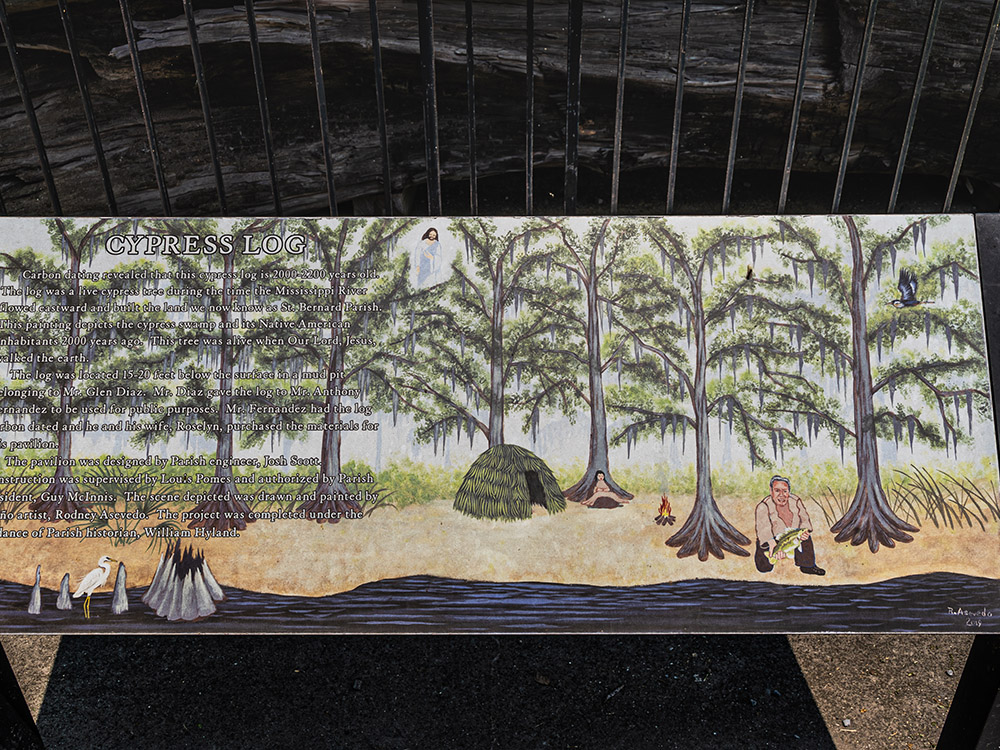
the houma in louisiana
When the first Europeans arrived in Louisiana, the Houma Tribe lived close to Baton Rouge. Colleen Billiot, a Houma Tribe member, notes, “The reason Baton Rouge is called Baton Rouge, that red stick was our red stick. It denoted where our lands ended and the Bayou Goula began.” Over time, the Houma migrated to the bayou parishes of southeastern Louisiana, adapting to life as fishermen and trappers. In doing so, they gradually began speaking Cajun French, causing their native language to fade into dormancy.

song sparks houma language revival
“There were no native speakers of it for roughly a century when we started this project,” says Billiot, who co-founded the Houma Language Project over a decade ago. Her passion for reclaiming the Houma language, known as Uma, was ignited by a cassette tape recording of her great-grandmother singing the tcãtcuba’ song, which means “alligator” in Uma. But Billiot admits that beyond the word for alligator, little else was known about the song. “They didn’t have the specifics of what they were singing,” she explains.
the written word
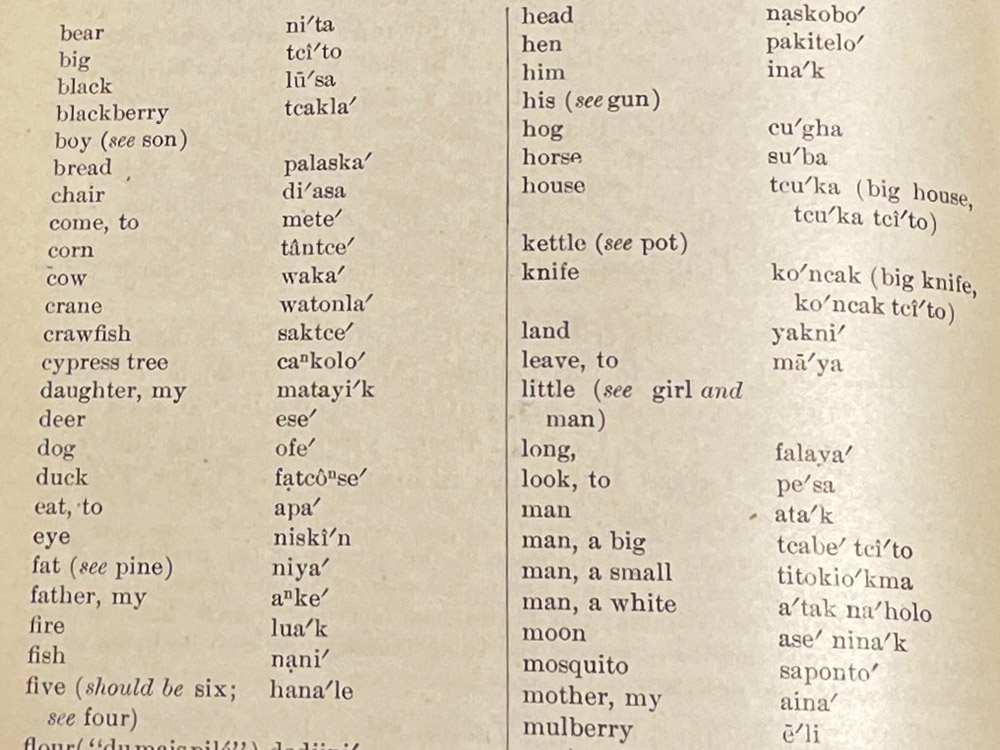
More clues emerged that helped with the revival of the Uma language. Among them were 80 Houma words written down over a century ago by anthropologist John R. Swanton, whose research on Native peoples of the southeastern United States was published by the Smithsonian Institution in 1911. Billiot’s team discovered that the Uma language had similarities to Choctaw. “When we didn’t have a word, we would look at Choctaw,” Billiot says, “we would transcribe it into our alphabet.”
houma language featured on tv
a dictionary for the future
The Houma Language Project has now created a dictionary of more than 3,000 Uma words, which even includes terms for modern things like “computer” and “cell phone.” Some examples of Uma words are nita’ for bear, suba’ for horse, kweni’ for grandmother, and fufu’ for grandfather. To help teach the language, the project has made its alphabet, dictionary, and video lessons available online.

saving the houma language and culture
Billiot believes that reclaiming the Houma language is essential to restoring cultural pride. “Language is part of who you are and your culture,” she says. “It’s a great way to bring people together and give them a sense of pride.” Reclaiming the language of the Houma is likely to be a generations-long effort, but it is one that connects people to their roots and keeps a vital part of their heritage alive.
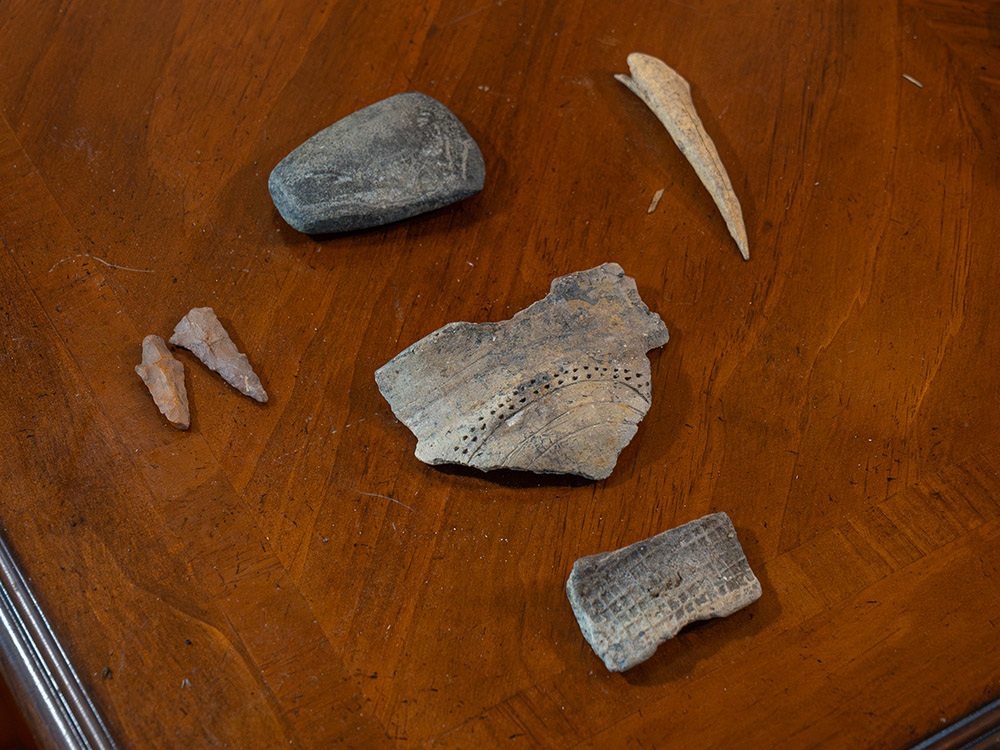
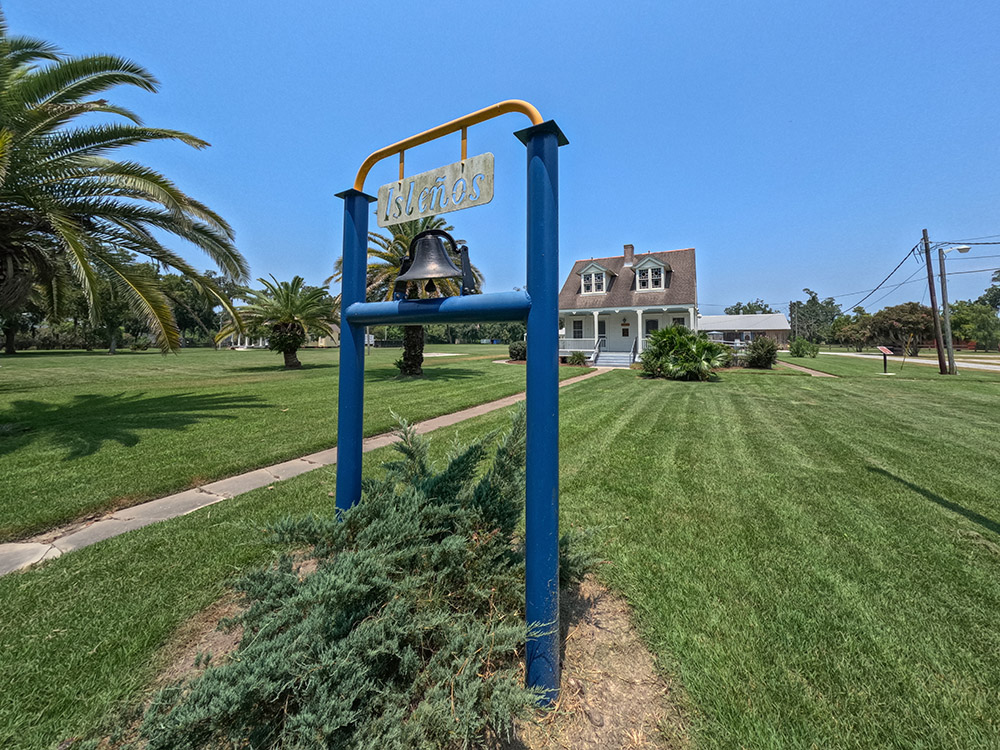
houma language project online
You can learn more about the Uma language of the Houma Tribe online, including the dictionary, alphabet and video tutorials. Click here for the Houma Language Project. You can also watch videos on the Houma Language Project’s YouTube channel.
los islenos museum
The Los Islenos Museum is located at 1357 Bayou Road in St. Bernard, LA. The Los Islenos Heritage and Cultural Society of St. Bernard manages the property. The museum’s purpose is to promote the language, heritage and cultural traditions of the Canary Islanders who settled in the area in the late 18th Century.

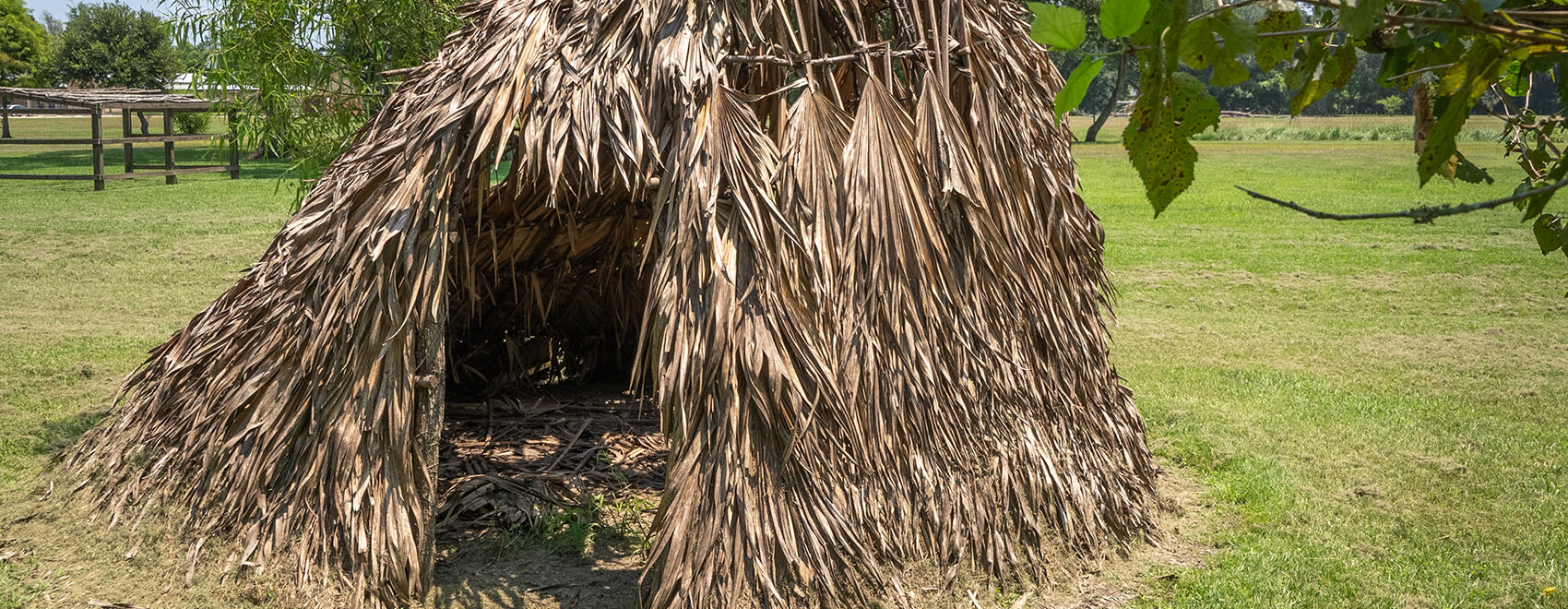
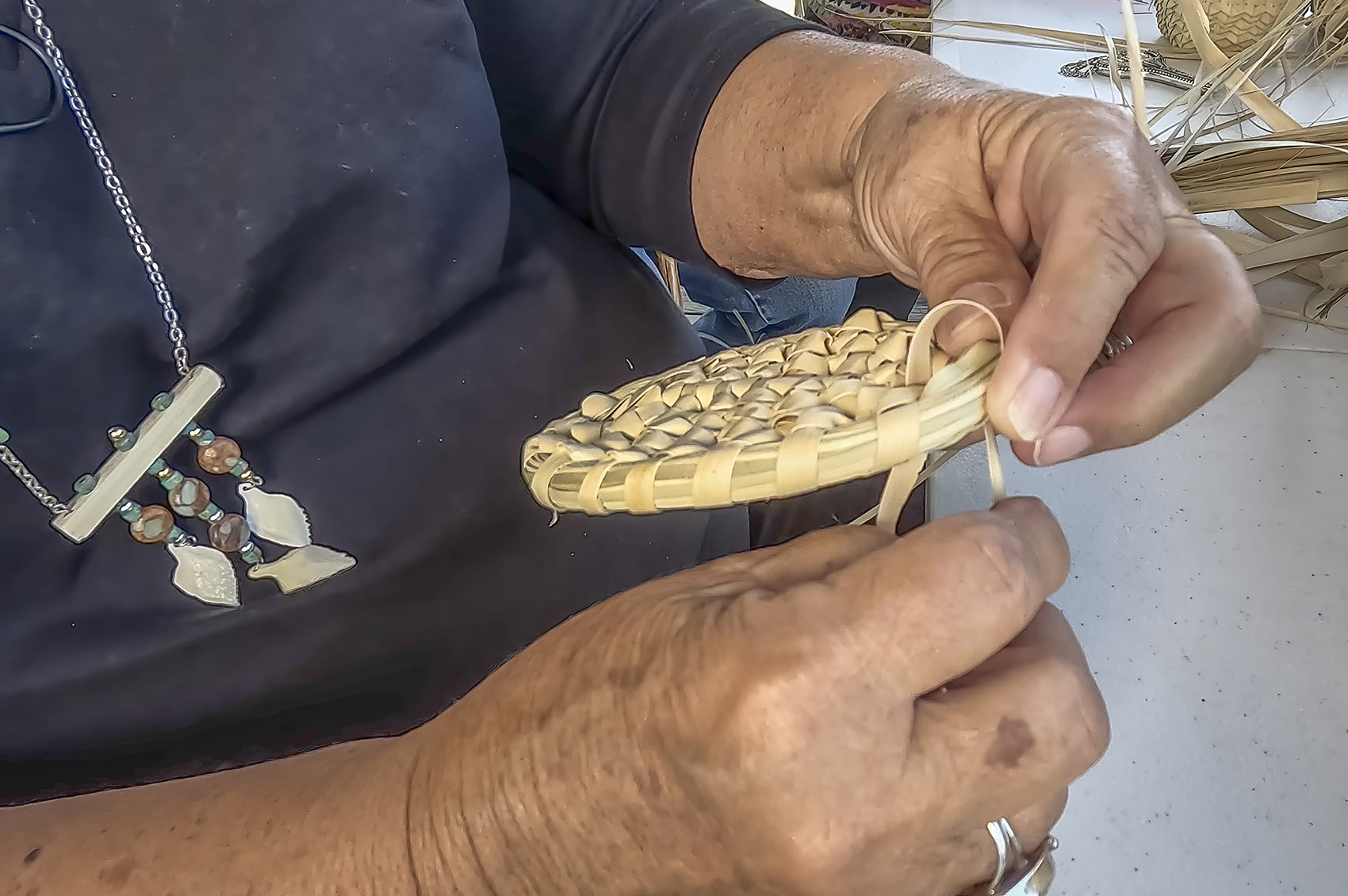
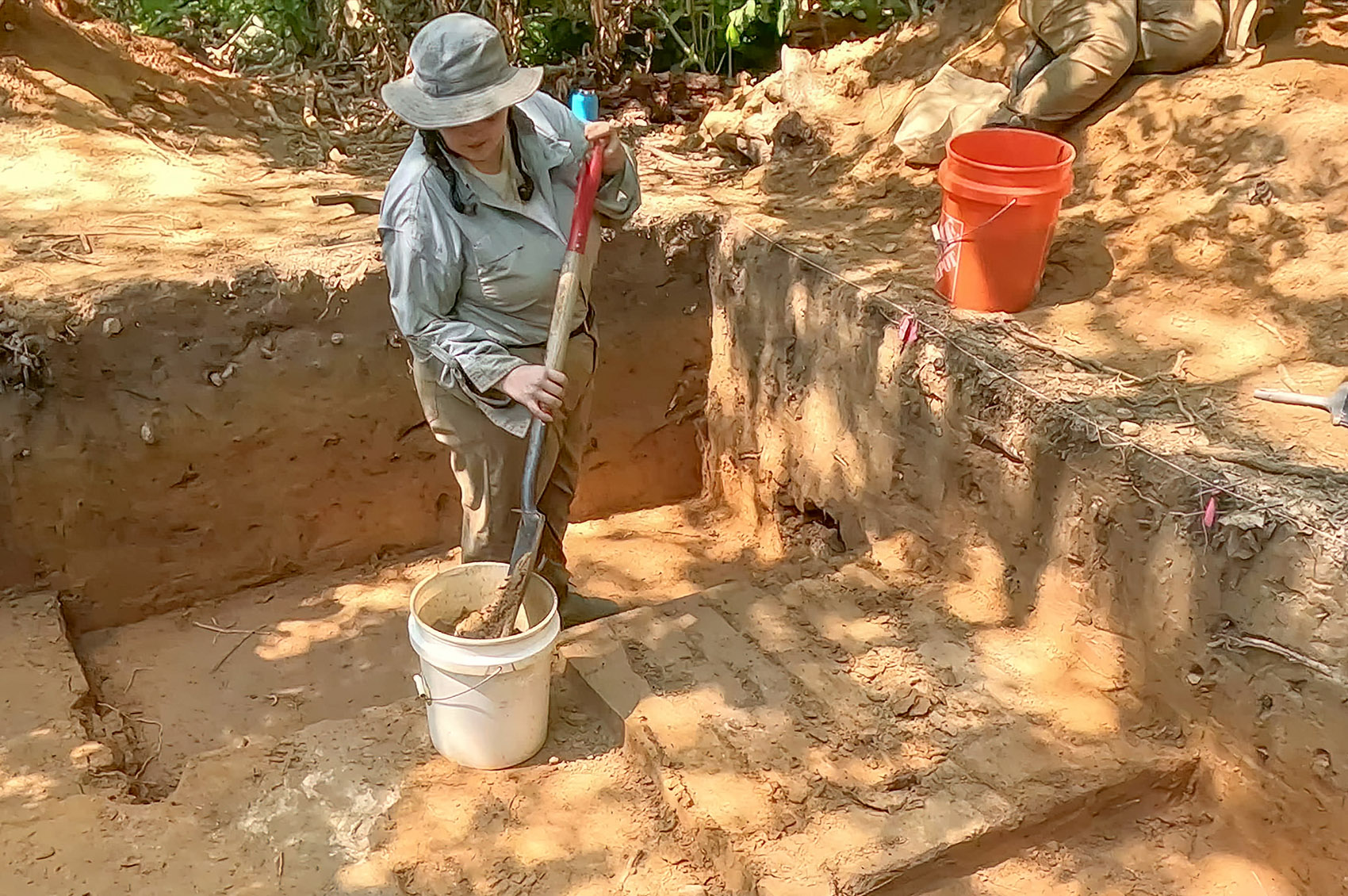
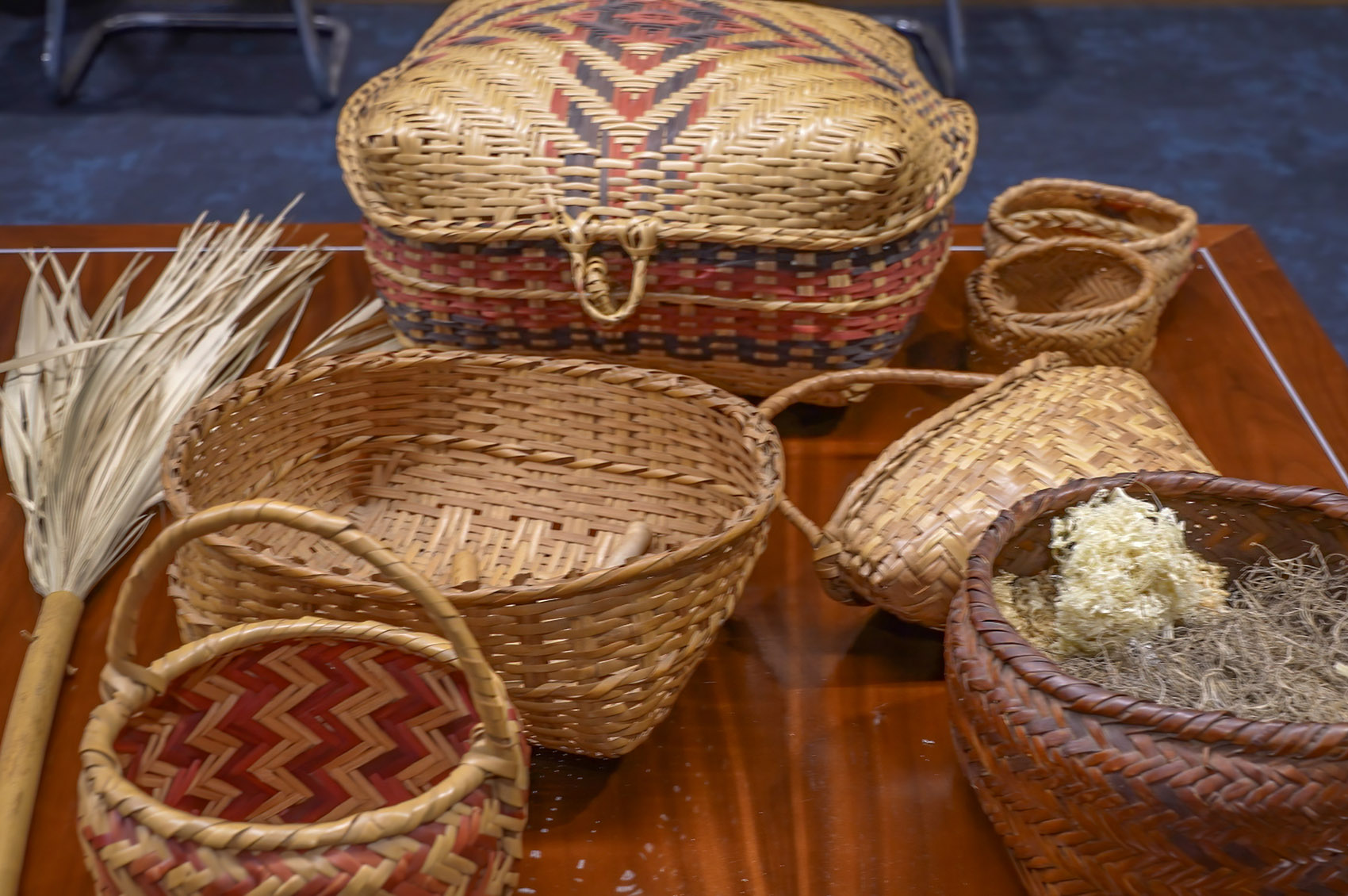
Peggy Boudoin
Love it I am Houma Indian good to learn this thanks
Linda Kelone
Would love to learn your language.
Linda Kelone
Would love to learn your language and to make your baskets. I am not a Houma Indian.
Gretta
My 11 year old grandaughter is a member of the Houma tribe. I am excited to learn that there are resources for her to learn more about her heritage on her mother’s side.